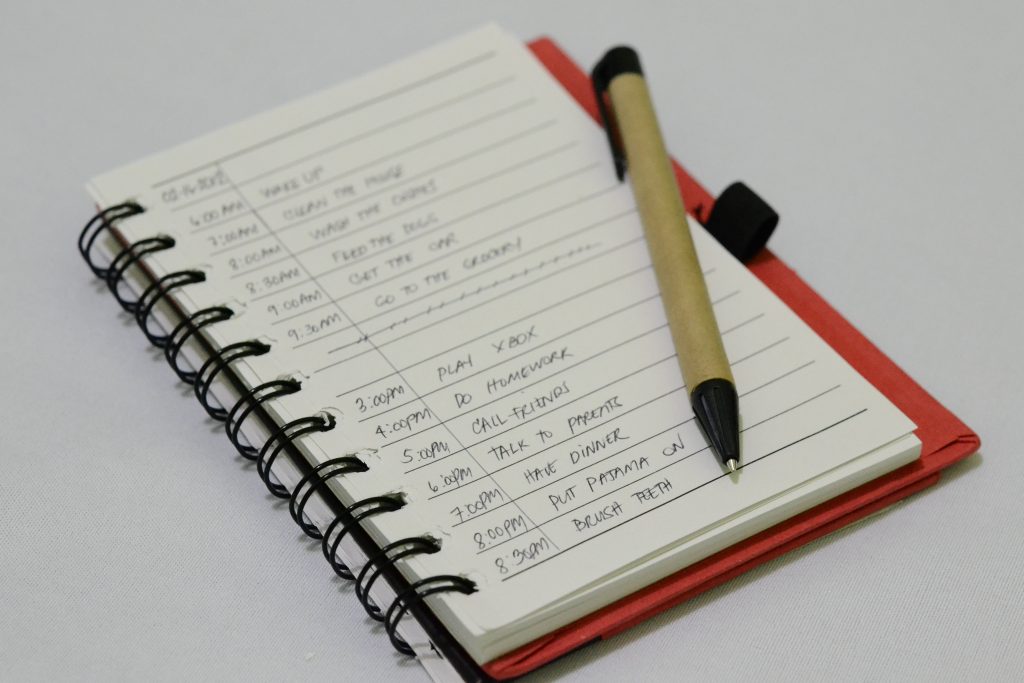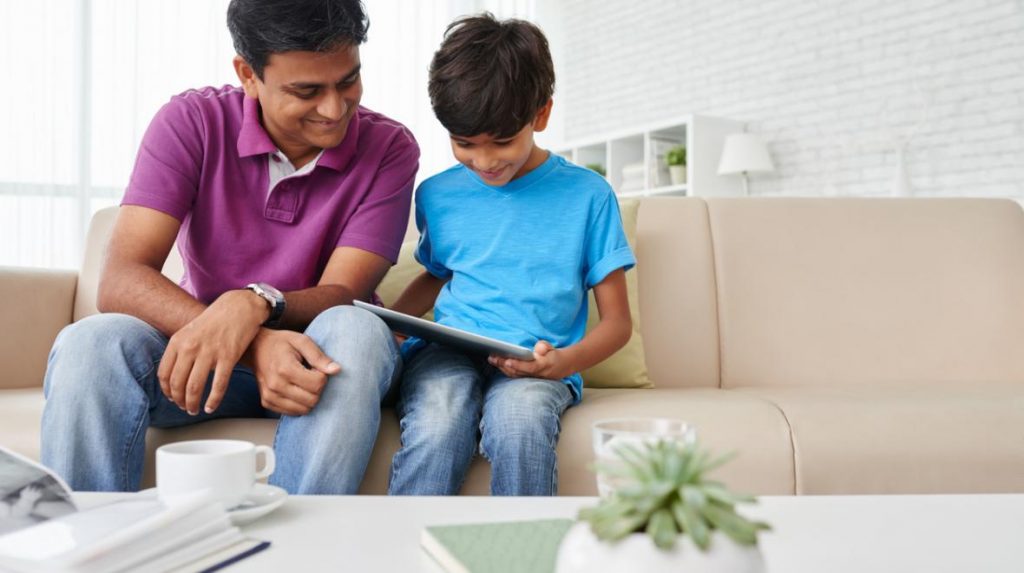Transitions: For both kids and parents!
Transitions are hard. For any and everyone.
With this being said, the transition back to school can be exceptionally difficult, for both kids and parents.
On top of that, we are still experiencing a worldwide pandemic. Many children have not been to a face-to-face class in over a year. It is safe to say, this transition back to school might be more difficult that years prior.
In an effort to help ease some anxiety, here are a few things to keep in mind during the weeks leading up to the first day of school.
“Name it to tame it”
When feelings go unnoticed or unnamed it can increase anxiety. This is true for both children and adults. When it comes to transitioning back in the classroom, children might have various emotions: joy, anxiety, excitement, fear, or sadness. In order to help them name these feelings, have a conversation with them. Ask them how they are feeling about school starting. At first, they might be hesitant to share. This is a great opportunity for you to model this by sharing your feelings about the start of the school year. They might feel more comfortable to share their emotions after you have shared yours.
Children do not always have the language to fully explain how they feel, which makes it difficult to share or name their emotions. Hopefully, having this conversation will help them discover how they are feeling and gain the language to express it! The most important part of this conversation is to validate the way they are feeling. This will further encourage them to share in the future!
Create a routine
Transitioning from a relaxed summer schedule to a very busy school schedule might create anxiety. This shift can cause even more anxiety if it is an abrupt change, with little to no preparation. To best prepare yourself and your child, sit down and develop a schedule together. Discuss the upcoming change in routine with them and the thing things you both need to foster a smooth transition.
While they might be unhappy about waking up early, creating a routine might give them a larger sense of control leading up to the start of school. Make it fun! Create a schedule that can go on the fridge or in their room for them to refer to often.
Focus on the positive
It is so easy to talk about the negatives of school starting, like the end of summer, homework, and early mornings. However, there are many positive things about school starting. Your child might be looking forward to seeing their friends and teachers, playing sports, and getting back into a routine again.
If you find your child focusing on the negative, encourage them to name some exciting things about school starting. Ask them what they are looking forward to. If they can’t think of anything, help them brainstorm some of the positives of school starting. They might be so focused on the negatives, that finding a positive on their own is almost impossible.
These will certainly not eliminate all the anxiety you or your child experience. However, they can help decrease anxiety during the weeks or days leading up to the first day of school. Creating a space where your child feels comfortable talking about their feelings and emotions is incredibly valuable and a great place to start!


